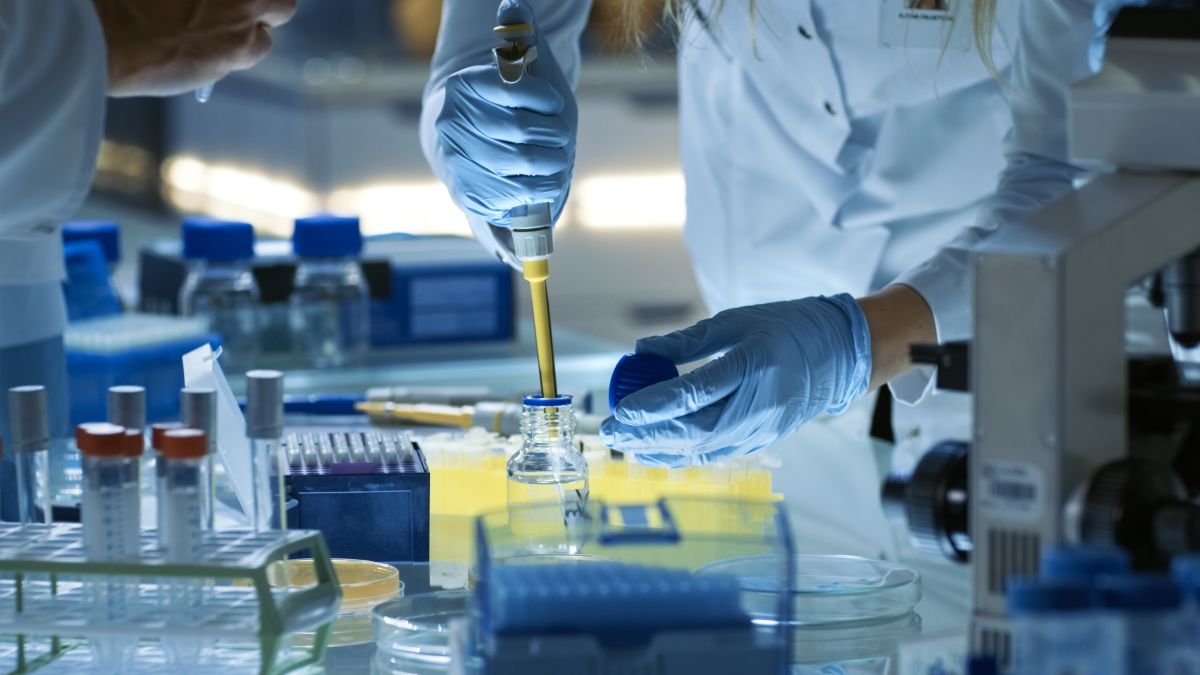Given all the talk about the development of a potential COVID-19 vaccine—as well as the news that clinical trials for some candidates have already begun— you may be asking yourself how clinical trials actually work. Any vaccine that is approved for use on millions of Americans must complete a rigorous testing process—including the exploratory stage, the preclinical stage, clinical development, regulatory review and approval, manufacturing and quality control—so it’s important to remember that the mere fact that trials are underway does not mean a vaccine is imminent.
The clinical development stage, which is divided into three phases, is when a potential vaccine is tested in human volunteers. Already the National Institutes of Health, in collaboration with the pharmaceutical company Moderna, has started Phase I trials for an RNA vaccine, while many other candidates are still in development.
“This is light speed, this has never been done before in the development of any drug or vaccine,” says John Cooke, a physician scientist at Houston Methodist Hospital who is currently collaborating with the pharmaceutical company GeneOne to develop an RNA vaccine for COVID-19.
Phase I: Testing out dose ranges, looking for side effects
A Phase I trial administers a vaccine or treatment to healthy volunteers. The main goal is not to test how well the vaccine or treatment works; that comes later.
In phase I, researchers test out a range of doses and study whether the vaccine is safe, as well as whether it produces an immune response. In regards to COVID-19, most of the vaccines in development are targeted against the spike proteins found in the outer coating of the virus.
“People who have survived infection have antibodies against the spike proteins, so it makes sense you want to vaccinate people against that protein,” Cooke says.
If a vaccine makes it past a Phase I trial, that means preliminary evidence suggests it is safe, and can be tested out on more volunteers.
Phase II: Testing therapeutic doses in at-risk individuals
Once a Phase I trial has established an optimal dose and determined the vaccine is safe, a vaccine moves on to a Phase II trial. A Phase II trial is larger and involves volunteers being given a therapeutic dose, which is the effective dose for the average patient. In this phase, volunteers will be people at high risk for COVID-19, such as the elderly or those with underlying conditions. Healthy individuals who work in high-risk environments, such as healthcare workers, might be included in either Phase I or Phase II trials, depending on the circumstances.
If a vaccine makes it past a Phase II trial, that means there is evidence that it is both safe and effective, for which a larger trial can be carried out.
Phase III: Testing on a larger scale
By the time a vaccine has gone through Phase I and Phase II trials, researchers have a good idea of what doses are needed to produce an immune response, as well as any potential side effects. Phase III is when all of this is tested on a grander scale.
“This is the definitive trial,” Cooke says.

